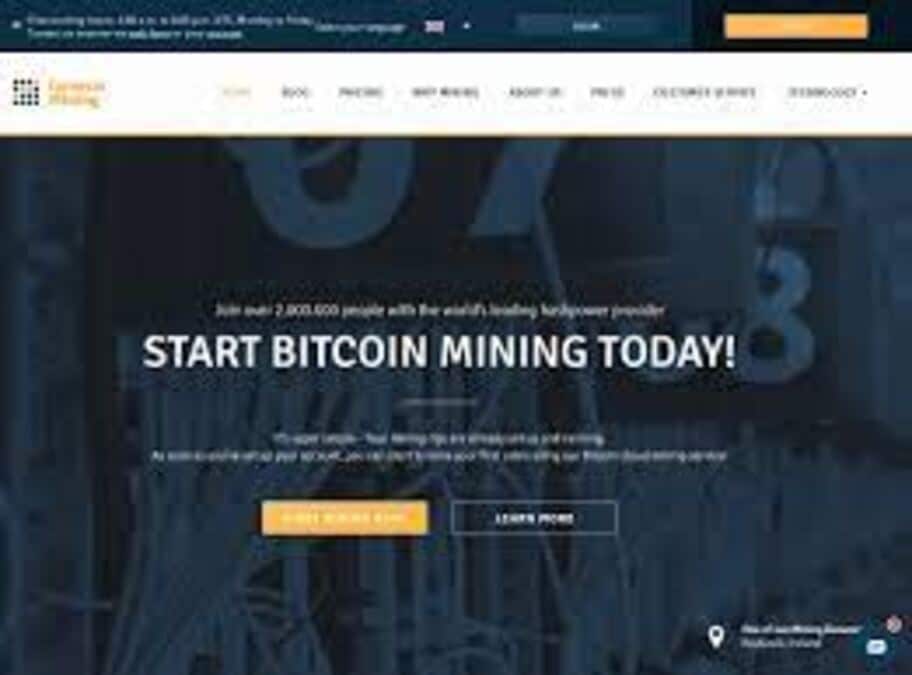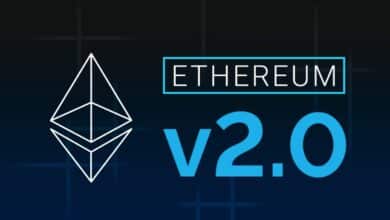Mining Websites: The Best Powerful Build and Optimize for Success

Mining websites in the ever-expanding digital age, the mining industry has taken significant steps toward digital transformation. One of the most impactful ways to leverage this transformation is through the creation of mining websites that not only represent companies but also serve as essential tools for customer engagement, marketing, and then even operations. Mining websites must be optimized for SEO, user experience, and then lead generation to stand out in an increasingly competitive environment.
In this comprehensive guide, we will explore how to create and then optimize a mining website that will rank highly on Google, attract traffic, and then generate leads.
Why a Well-Designed Mining Website is Crucial

The mining industry is often viewed as a traditional, conservative field. However, with advancements in technology and then digital marketing, companies have the opportunity to reshape that narrative. A well-designed, user-friendly, and then SEO-optimized mining website can elevate a company’s brand, attract clients, and then even play a role in stakeholder management.
An optimized website can improve:
- Lead generation: By providing valuable information to potential customers and investors.
- Brand authority: Establishing the company as a leader in the mining industry.
- Transparency and trust: Displaying key information about operations, sustainability efforts, and compliance.
- Communication: Providing an open channel for stakeholders, employees, and the general public.
Essential Elements of a Mining Website
1. Clear and Concise Branding
The first step in designing a mining website is to ensure clear and then concise branding. The homepage should immediately communicate who you are, what you do, and then why visitors should trust your company. This can be achieved through:
- A clean, professional logo.
- A concise tagline that reflects your core mission.
- Visual consistency across pages (fonts, colors, and then images).
2. Search Engine Optimization (SEO)
To rank highly on Google, a mining website needs to be fully optimized for SEO. This includes everything from the structure of the website to the content that is written. Key strategies include:
- Keyword research: Find keywords that potential clients and then investors might be searching for. Focus on terms related to mining operations, sustainability, mining technology, and then industry trends.
- On-page SEO: Use keywords in meta titles, meta descriptions, and then header tags (H1, H2, H3). Additionally, ensure keywords are strategically placed throughout your content.
- Alt-text optimization: Ensure all images and then multimedia content have optimized alt text, which includes relevant keywords.
- Internal and external linking: Use internal links to guide users to important pages within the website, and include external links to credible sources in the mining industry.
3. Engaging and Informative Content
Content is the heart of a mining website. High-quality, informative content positions your website as an authority and keeps users engaged. Consider the following when creating content:
- Blog posts: Regular blog updates on industry trends, company news, and sustainability initiatives will keep your site fresh and engaging. Include keywords like “mining technology trends,” “sustainable mining practices,” and “mining innovation.”
- Case studies: Offer in-depth reviews of your mining projects, highlighting your company’s successes and expertise.
- White papers: Provide downloadable resources that offer in-depth insights into mining technologies, market forecasts, or environmental practices.
4. Mobile Optimization
Over half of the internet’s traffic comes from mobile devices, making it essential that your website is mobile-friendly. This includes:
- Responsive design: Ensure the site adjusts to different screen sizes and resolutions.
- Fast loading times: Compress images and reduce unnecessary code to keep the site loading quickly on mobile devices.
5. Visual Media and 3D Models
Mining companies often deal with complex geological data and sophisticated extraction techniques. Offering visual media can improve user understanding and engagement.
- Interactive maps: Showcase your mining sites with interactive maps that give detailed information about operations, locations, and sustainability initiatives.
- 3D models: Use 3D models to display mining projects or geological structures.
- High-quality images: Professional photography of sites, equipment, and teams enhances credibility.
6. Investor Relations Section
The mining industry often relies heavily on investor funding. Creating a dedicated section for investor relations is crucial for providing transparency and keeping shareholders informed.
- Annual reports: Make downloadable versions of annual financial reports available.
- Sustainability reports: Highlight your company’s sustainability efforts and then community impact.
- Press releases: Keep a regularly updated archive of company announcements and then press releases.
7. Robust Contact Information and Lead Generation Forms
Ensure that your website has easy-to-find contact information. A prominent “Contact Us” page with phone numbers, email addresses, and then a physical address adds credibility. Including a lead generation form to capture inquiries from potential clients, investors, or partners is essential for turning website visitors into leads. You can also offer downloadable content such as case studies or reports in exchange for contact information.
Best Practices for Optimizing Mining Website Performance

1. Page Load Speed
Google places a significant emphasis on page load speeds. In addition to annoying visitors, slow-loading websites degrade in search engine rankings (SERPs). Some strategies to improve load speed include:
- Optimizing images: Compress large image files to reduce their size without compromising quality.
- Minimizing JavaScript: Use only essential JavaScript functions.
- Leveraging browser caching: Ensure returning visitors have quicker load times by caching certain resources.
2. Secure Website (HTTPS)
A secure website is a must for any business in today’s digital world. Ensure your site is SSL-certified (the little padlock that appears next to your URL) to protect users’ data and then improve trust. Google ranks HTTPS sites higher than non-secure ones.
3. Structured Data and Schema Markup
Using structured data and then schema markup allows search engines to understand the content on your site better, which can also lead to enhanced visibility on search results. For mining websites, this could mean implementing schema for things like:
- Company information: Schema that displays company names, addresses, and then contact information.
- Event schema: If your company is hosting industry events, adding event schema can also enhance visibility on Google.
- Product schema: If you’re selling equipment or services, add product schema to ensure those offerings are highlighted in search results.
4. Analytics and Performance Tracking
To continually improve your website, track its performance using Google Analytics or similar tools.
- Organic traffic: Track how much traffic your site receives from search engines.
- Bounce rate: If users are leaving quickly, this may indicate poor user experience or irrelevant content.
- Conversion rate: Measure how many visitors take the desired actions, such as filling out a form or downloading a report.
Common Mistakes to Avoid in Mining Website Design
Even with a comprehensive approach to website development, there are some common mistakes that mining companies should avoid:
- Overloading with technical jargon: While it’s important to display expertise, using too much industry-specific language can also alienate potential clients who may not be familiar with mining terminology.
- Poor navigation: Ensure that the site is easy to navigate. Use clear headings, well-organized menus, and then breadcrumbs to help users move through the site seamlessly.
- Outdated content: Regularly update your website content. Blogs, press releases, and then case studies that haven’t been updated in years make the company appear out of touch.
- Not having a clear call-to-action (CTA): Every page on your website should have a clear CTA, whether it’s to contact you, download a report, or request more information.
Leveraging Social Media Integration
Another key aspect of a successful mining website is social media integration. Mining companies can also leverage social media to share updates, engage with stakeholders, and then drive traffic back to the website. Include social media icons on your website that link to active and then regularly updated profiles on platforms like LinkedIn, Twitter, and Facebook.
- Share buttons: Add share buttons to blog posts and then press releases to encourage visitors to share your content.
- Embedded feeds: Display your social media feeds directly on the homepage to highlight your latest updates.
The Role of Sustainability in Mining Website Content
As the world becomes increasingly focused on sustainable practices, mining companies must address their environmental and then social governance (ESG) initiatives on their websites. Dedicate a section of the website to sustainability, showcasing efforts such as:
- Reduced carbon footprint: Highlight your initiatives aimed at lowering emissions.
- Water and then energy conservation: Display data on your company’s resource management.
- Community involvement: Show how your company is positively impacting the communities in which you operate.
Final Thoughts
Creating a top-tier mining website requires a comprehensive approach that blends design, SEO optimization, content creation, and then user experience. By focusing on these elements, mining companies can also create websites that not only rank highly on Google but also serve as powerful tools for lead generation, brand building, and then stakeholder engagement
Read more: Stars Coin





